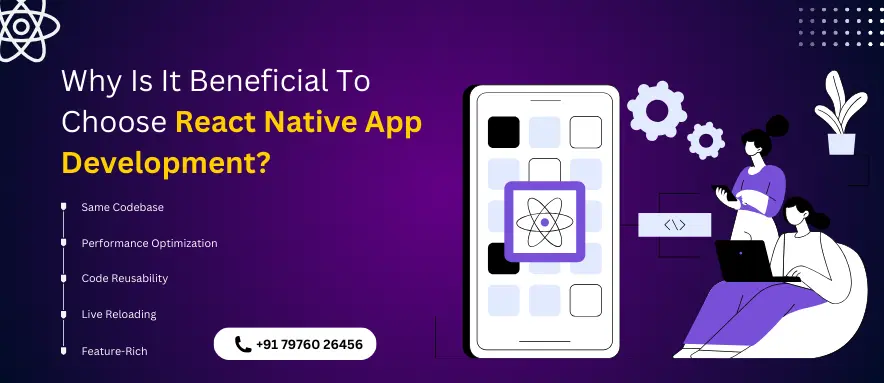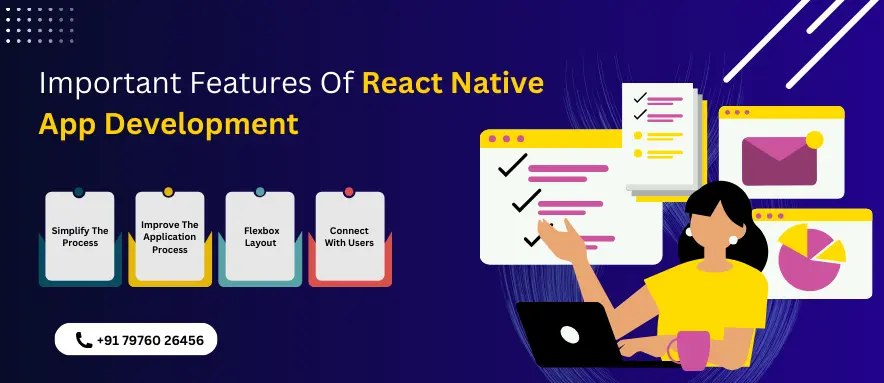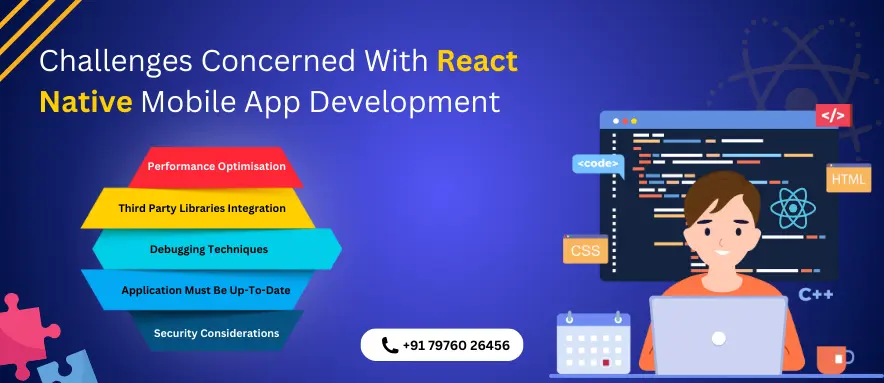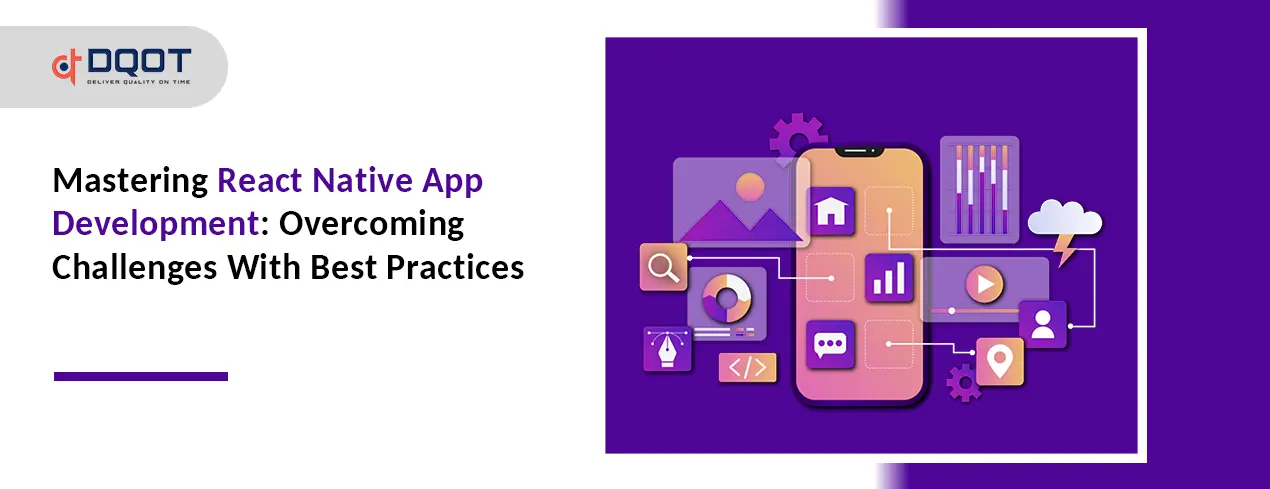The innovation of mobile devices has changed our relationship with technology, and mobile apps have become an important part of our daily lives. React Native has become a powerful tool for building high-performance, cross-platform mobile applications as companies seek to interact with customers across platforms but overcome many specific challenges in developing React Native apps. In this article you will explore the benefits of developing React Native apps, as well as their main characteristics, recommended practices, and ways to overcome specific obstacles.
Table of Contents
Why is It Beneficial to Choose Reach Native App Development?

React Native app development has many advantages that make it a preferred choice for companies and developers. Teams can leverage React Native’s powerful capabilities to improve app performance, accelerate development processes, and deliver better user experiences across platforms.
Cross-Platform Development with The Use of Same Codebase
React Native allows you to develop iOS and Android apps with the same codebase. The ability to work in conferences reduces the need for independent development processes, saving time and money.
React Native Performance Optimization

Using native components makes React Native apps feel faster and more responsive. The user experience is similar to natively built applications.
Code Reusability Across Different Platforms
One of the main advantages of React Native is code reuse. Allowing developers to reuse code between platforms reduces react native app maintenance costs and downtime.
Streamline Process Through Live Reloading
Live Reloading improve developer productivity and streamline the development process by using live reloading, allowing developers to spot code changes immediately without having to rebuild the entire application
React Native Apps are Feature-Rich
Developers can create feature-rich, immersive mobile experiences through seamless React Native interaction with native device functionality such as accelerometer, GPS, camera and more.
Important Features of React Native App Development

With the extensive features provided by React Native, developers can create excellent mobile apps with incredible performance and an outstanding user experience.
React Components to Simplify The Process
React Native uses reusable components, which simplify complex development applications and management of the application environment.
Native Modules to Improve The Application Process
The use of native modules allows developers to improve the performance of their app by accessing the accelerometer, GPS, camera, and other hardware features on the device.

React Native Flexbox Layout
The Flexbox layout system in React Native lets you create responsive and scalable user interfaces that change according to the screen orientation and size.
Push Notifications to Connect with Users
React Native comes with integrated support for push notifications, which allow developers to notify and engage users.
React Native Best Practices for Mobile App Development

React Native mobile applications should follow industry-accepted best practices to be high quality, maintainable and scalable. Developers at Dqot Solutions can optimize the benefits of the system, optimize the development process, and deliver an outstanding user experience on these rules. It can also optimize React Native Security best Practices.
- The program is easily scalable and manageable as it becomes large and sophisticated as the codebase is divided into smaller reusable modules.
- Code linting tools help improve code quality and maintainability by helping to enforce uniform rules and practices across the project.
- The state data of an application can be efficiently configured and manipulated using state configuration tools such as Redux or the React Context API.
- Application performance and responsiveness are increased overall and initial load times are reduced by lazy loading, which loads objects or features only when necessary.
- The build, test, and release workflows are accomplished through continuous integration and deployment, enabling rapid and consistent delivery of app changes.
Challenges Concerned with React Native Mobile App Development

Here in this section of the article, you will come across some of the React Native Development challenges concerned with the Application and the Web Pages. .
Performance Optimisation of The Application
While React Native is incredibly fast right out of the box, it can be difficult to test an application for a certain functionality and hardware.
Third Party Libraries Integration
It can sometimes be difficult to integrate third party libraries when there is inconsistent information or mismatched documentation
React Native Debugging Techniques
Debugging React Native apps is more challenging than debugging and traditional web development, as React Native Apps deals with both Javascript and native code.
Application Must Be Up-To-Date
React Native technology is constantly evolving, so staying on top of the latest developments and industry best practices can take some effort.
Security Considerations of The Application
It is important to ensure that React Native apps have adequate security safeguards with secure data storage, integrity, and connectivity.
Final Words
Becoming an expert in React Native app development requires a combination of best practices, practical techniques, and in-depth knowledge of the framework features and limitations By adopting cross-platform development, power important implementations and adhering to industry-recognized best practices To stay ahead of this fast-paced workforce of potential mobile applications, the React Native community must collaborate, constantly learning new things , and make changes.
Frequently Asked Questions
Developers of React Native apps should implement code optimization techniques such as code partitioning, lazy loading, and effective state management to ensure high performance and a seamless user experience.
Sticking to modular architecture, using standardized coding styles, and handling application environments well are all recommended practices for making React Native code readable, manageable, and scalable.
Developers can use debugging tools like React Native Debugger and testing frameworks like Jest and Enzyme to test and optimize React Native apps.
Secure data storage, proper authentication mechanisms, and secure server-side communications are some of the security features that React Native applications must maintain.
Developers need to address compatibility concerns, follow best practices for dependency management, and learn the documentation to successfully integrate hybrid libraries and APIs into React Native apps







